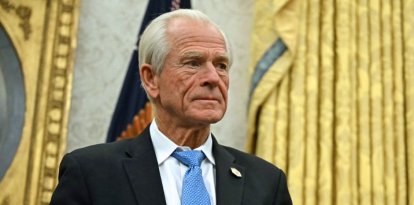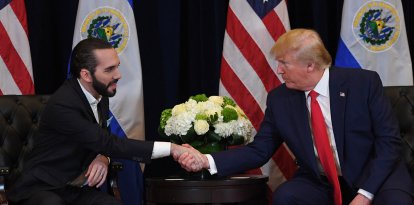The Nov. 5 presidential election in seven key points
The country is entering a dead heat in the polls in an election cycle marked by numerous unforeseen events, such as the change of the Democratic candidate or the two assassination attempts against Donald Trump.
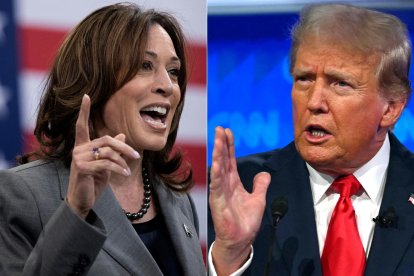
Donald Trump and Kamala Harris
There is little time left until the country heads to the polls. Americans are preparing to vote in the 2024 presidential election after a campaign full of unforeseen events.
Here are some of the key things to watch before the Nov. 5.
Two candidates
The presidential race will be contested between Republican candidate and former President Donald Trump and the Democratic Party's Kamala Harris.
Other independent candidates tried to carve out a niche in the race for the White House, but failed to break the two major parties' monopoly.
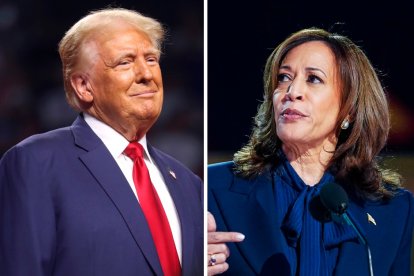
Donald Trump and Kamala Harris
Nov. 5: Election Day
Elections are traditionally held on the Tuesday after the first Monday of November.
7 key states
Known as swing states, they hold the key to the election because they have typically gone either way, so White House hopefuls strive to win them over.
These are Michigan, Wisconsin, Nevada, Nevada, Arizona, Pennsylvania, Georgia and North Carolina.
34 + 435
Thirty-four senators and 435 members of the House of Representatives will be elected. In addition to the president, the election will also revamp the U.S. Congress.
All members of Congress in the House of Representatives will be elected for a two-year term. Currently, the Republicans hold a majority.
In the Senate, lawmakers are elected for six-year terms. Currently, the Democrats have a very slim majority, which the Republicans hope to take from them.

Number of Electoral College delegates in each state.
538
Voting in the United States is done by indirect universal suffrage. Americans’ votes determine the vote of 538 electors, who choose the president.
To win the election, the candidate must obtain a majority of 270 votes. Each state has a different number of electors.
This number is calculated by adding the number of seats in the House of Representatives, which varies according to population, to the number of senators (two per state).
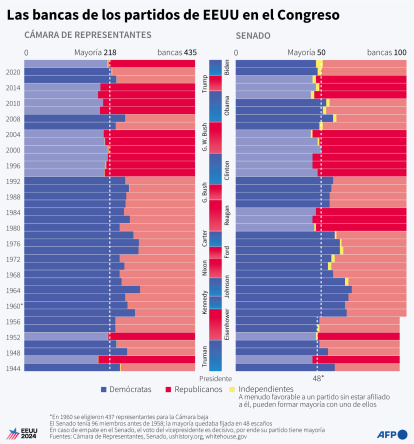
Senate and House proportions by party in each Congressional renewal since 1944.
774,000
According to the Pew Research Center, 774,000 people volunteered to host, assist or organize Election Day in 2020.
In addition to these volunteers, on Election Day there are also election officials present as well as those chosen by the parties to observe the vote count.
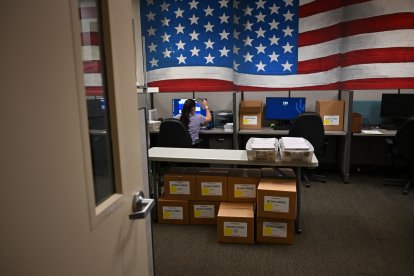
Poll workers process voter information in Maricopa County, Arizona.
244 million
Some 244 million Americans will be able to vote, according to the Bipartisan Policy Center. The 2018 and 2022 midterm elections and the 2020 presidential election saw the highest turnout in decades, according to the Pew Research Center.
For example "nearly two-thirds" of voters voted in 2020, "the highest rate for any national election since 1900," the same source said.
RECOMMENDATION
